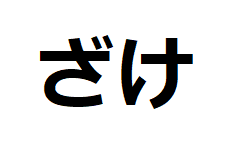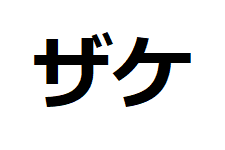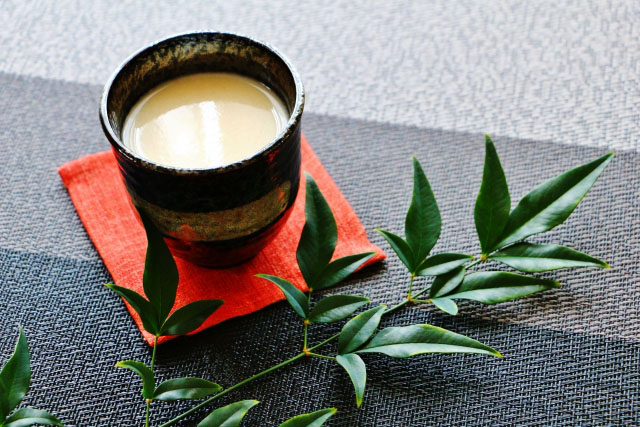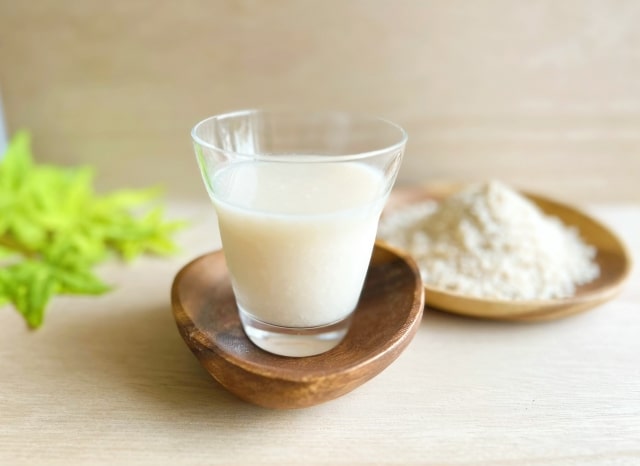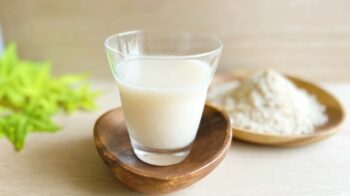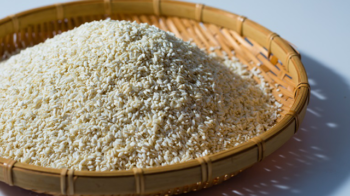Amasake
Welcome to the world of Amasake (Amazake).
Probably you already know Sake which is the most authentic alcoholic beverage in Japan.
But, in spite of its name Ama-Sake, it does not contain any alcohol. In addition, one of its outstanding characteristics is in its sweetness.
However, Sake and Amasake (Amazake) have a very important thing in common.
That is, they are both made from rice and rice Koji.
Let’s look into its world.
Below is the contents of this page.
Amasake or Amazake?
Is there any difference Amasake and Amazake?
The answer is No. There’s no difference between them.
After all, it’s a matter of pronunciation.
Generally speaking, we use the pronunciation of Amazake in our daily life, because its sound is a bit clearer.
But the word Amasake makes the relationship between Amasake and Sake clearer, doesn’t it?
1. History of Amasake
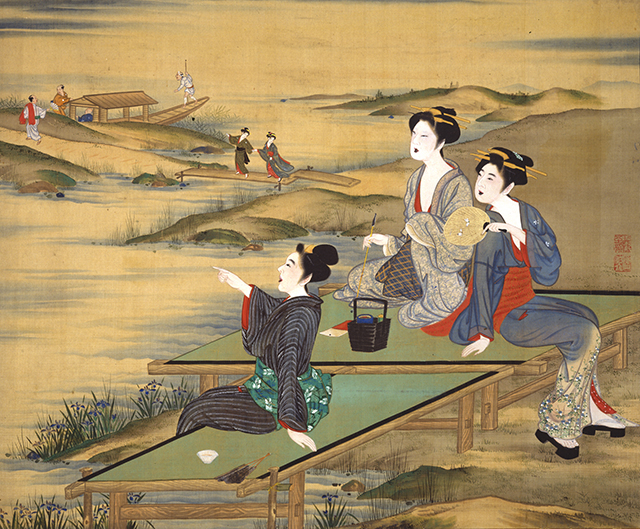
Speaking of Amasake, we cannot forget the summer in Japan.
Since it’s so hot and humid, we have very hard days even after the introduction of air conditioners.
Let alone in the past.
Without the service of ambulances, many people died in summer, especially the weak and the sick.
During the Edo period (17-19th century), some merchants paid attention to the nutritional value of Amasake and began to sell it in summer.
Thanks to its marvellous power, many could survive the summer.
Thus, Amasake became one of the indispensable features in summer, together with Unagi (eel) which is also known for its high nutritional value.
Both work for summer heat.
2. Intravenous drip to drink
Above all, Amasake is characterized by its natural sweetness.
Because, more than 20% consists of glucose.
In addition, it contains natural vitamins such as vitamin B1, B2, B6, biotin, and pantothenic acid in abundance.
The natural vitamins are stable and assimilate soon.
Therefore, surprisingly, the assimilation ratio of these vitamins is more than 90%.
It is well known that Amasake and the medical intravenous drip have their main ingredients in common.
That is why we often call Amasake “intravenous drip to drink“.
Koji
What makes this miracle possible is Koji of rice.
Because Koji-bacteria produce such miraculous natural vitamins
in Amasake during its fermentation process.
3. Kanji and Kana
1) Kanji
To learn Kanji (Chinese characters) is always interesting and beneficial to understand what the word means.
Through Kanji, we can virtually grasp not only the meaning of the word, but also the background it was born in.
The word Amasake(甘酒) comprises of 2 factors, that is to say, 甘 and 酒.
Let’s look into them through Kanji.

Firstly,甘.
According to the most supported theory, 甘 illustrates a mouth (口) with some food inside.
Undoubtedly, this food is sweet.
Talking about details, 甘 comes from an adjective 甘い which means sweet and い is a Hiragana phonogram which forms an adjective. Furthermore, all the adjectives in Japanese finish with い.
As for the relationship between Amai and Umai (delicious), visit here
⇒Japanese Umami

Kanji for Sake is 酒.
According to the most supported theory, 酒 illustrates a pot and running water (maybe it’s a flow of Sake).
Incidentally, 酒 is also pronounced as Shu, such as Nihon-shu (Japanese Sake).
2) Kana
There are two phonograms (kana) in Japanese: 1) Hiragana and 2) Katakana.
According to the most supported theory, both of them were formed by adopting one element of a Kanji character with similar sounding.
Originally, Hiragana were only for women. But today, it has by far the wider usage.
Talking of 2) Katakana, we use it mainly for foreign origin words.
Incidentally, there are 46 characters in both Hiragana and Katakana systems.
As for Amasake, Hiragana is あまさけ and Katakana is アマサケ.
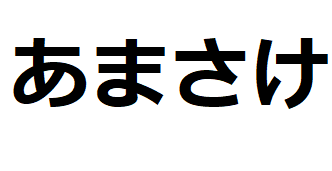

On the other hand, as for Zake, Hiragana is ざけ and Katakana is ザケ.
By adding ゛to Kana, it change its sound from sa to za.
